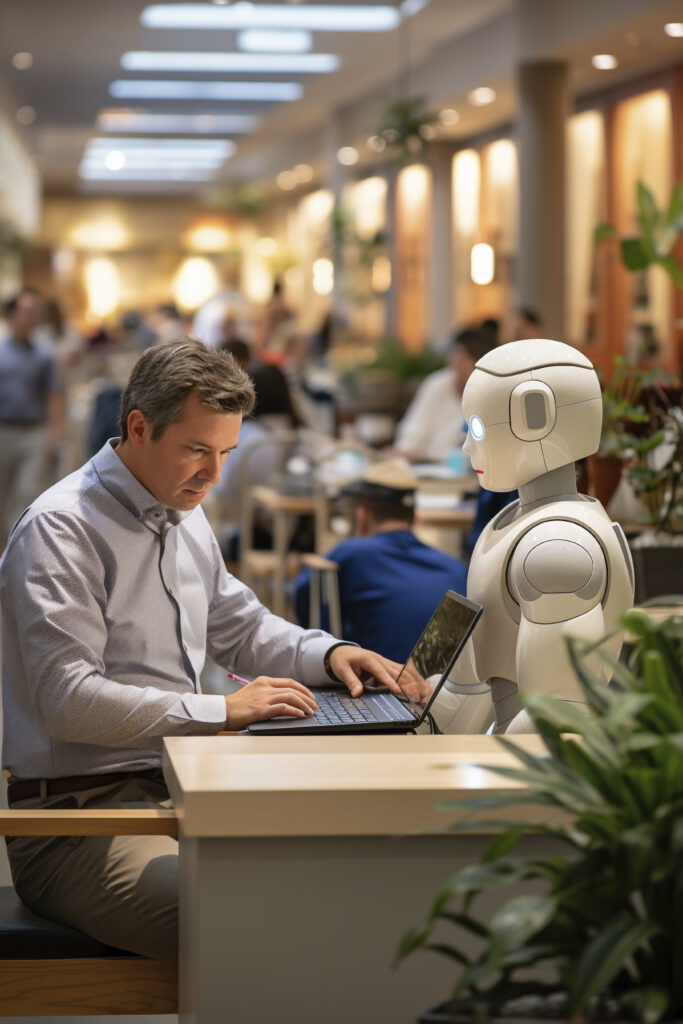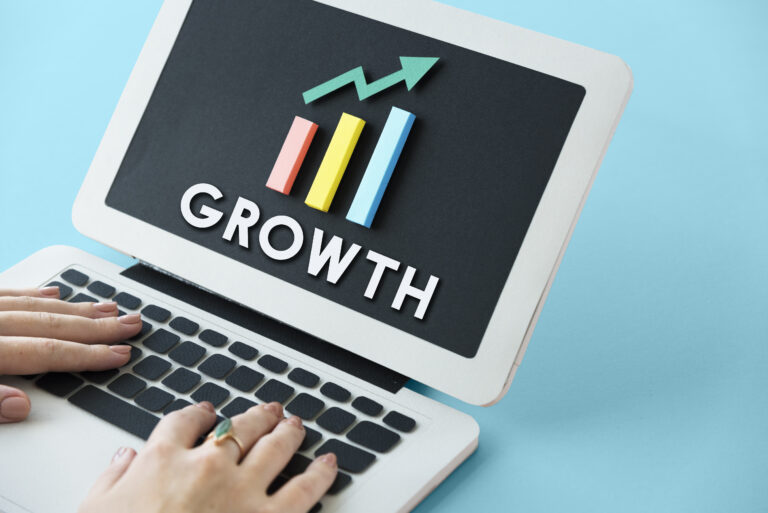How AI Understands Your Audience Better Than You Do

Artificial Intelligence reveals flaws in conventional research and measurement techniques and revolutionizes the idea of engagement.
Only 36% of marketing leaders surveyed by Plus Company-Statistic reported high levels of satisfaction with their present tools for measuring the impact of their creative content.
For years, marketers have depended on classic methods such as brand tracking, trend analysis of sales/revenue, evaluating campaign performance, media mix modelling, attribution modelling, and incrementality testing. In a rapidly changing digital age, it’s not surprising that 64% of respondents expressed dissatisfaction with their ability to measure effectively. Old-fashioned techniques are falling behind in comparison to contemporary marketing strategies.
Creative content is the hardest element to measure in a marketing campaign out of all possible elements. Phrases like “you can’t control what you can’t quantify” are relevant, as it’s difficult to measure something as abstract as creativity. What is the best way for a marketer to link a creative strategy with a purchase?
Another issue is that these strategies were created for no longer applicable market conditions. In today’s fast-paced and constantly evolving market, outdated methods hinder innovative research and development and diminish competitiveness. Who has the luxury of waiting for weeks or even months for the results of a brand study?
That is no longer enough. We operate in a dynamic environment that requires us to rapidly adjust to changing market conditions. According to the Plus Company-Statista study, 58% of marketers see the lack of real-time data as a significant challenge in adapting creative strategies.
AI can help solve this problem by allowing quicker campaigns that can better adjust to market demands. It can provide instant insights and more accurate data on audience engagement, enabling marketers to make informed choices that result in better results.
Companies that fully integrate AI technology will be better equipped to develop successful strategies, adapt to changing customer patterns, and precisely monitor the results of their marketing initiatives. By adjusting their approach and methods for creativity, brands can stay competitive in a continuously evolving market.
In a survey conducted by Plus Company and Statista, 89% of marketers are in agreement. Only 54% have incorporated AI for creative brainstorming and planning fully into their operations.
What is the reason for the separation? Resistance to change is a major factor. 45% of marketers see it as a major obstacle. In smaller companies, this percentage increases to 71%.
Middle managers show the greatest enthusiasm for AI, with 57% describing it as “very helpful,” while at the Vice President level, this enthusiasm decreases to only 49%, primarily due to worries about expenses.
Leaders face significant challenges in addressing the rise of new technology, costly AI enhancements on important workplace platforms, and ensuring broad access for all employees.
Nevertheless, the advantages of adopting AI must outweigh these concerns. For instance, think about pinpointing the intended audience. Not having enough audience insights and data can lead to a restricted understanding of consumer behaviour and preferences, hindering the development of briefs that lead to successful creative outcomes. AI can automatically include key information on the target audience, advertising content, advertising platforms, and market trends in a planning document, enhancing its capability to make precise predictions.
AI helps marketers analyze how various audience groups interact with creative content in real time to determine the success of marketing campaigns. AI observes how the audience engages with content at various stages of the sales journey. Examining audience behaviours pre-, mid-, and post-exposure aids in assessing the lasting effects of creative recognition.
This analysis enhances messaging by evaluating emotional reactions, retention, and brand recognition to ensure the creative supports the overall success of the campaign.
To remain competitive, brands need to go beyond opposition and put money into AI tools that can reveal more profound understandings, offer practical suggestions, and make processes more efficient. Utilizing AI-powered tools is essential for staying current and flexible in a constantly changing market when it comes to measuring creative impact.
Fear of change often accompanies anything new, and some people choose familiarity over trying new methods or tools, even when they acknowledge that the old ways are no longer effective in meeting market demands that are constantly evolving. Most companies find barriers to adopting AI for enhancing creative content daunting due to fear of change, organizational hesitance, wide-scale onboarding challenges, and high costs. Although many acknowledge AI’s value, the process of implementing it is progressing slowly.






